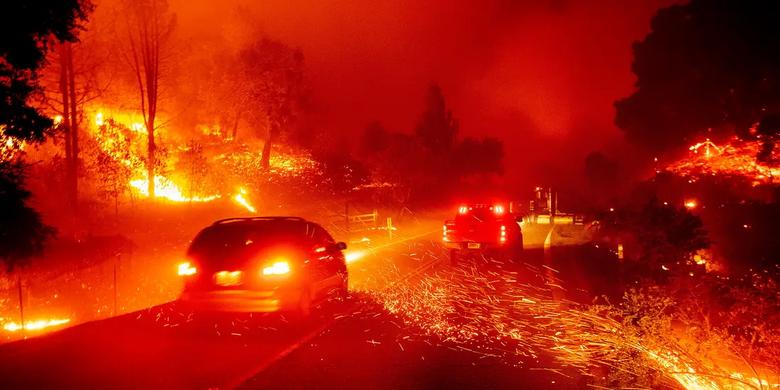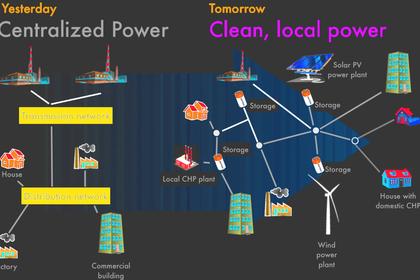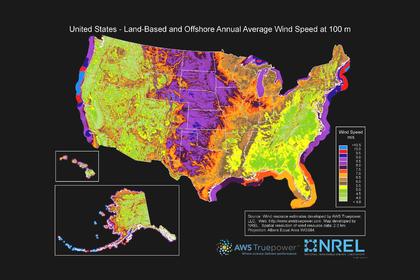
GRID RELIABILITY DEVELOPMENT

ENERGYCENTRAL - The DFA: A Promising Development for Grid Reliability
It seems like California wildfires make headlines every week. I'm exaggerating, of course, but they have been frequent and serious enough to firmly fix themselves into the late 2010's American zeitgeist.
The most grave of the blazes has been the Camp Fire. Its story is well known by this point: One of the deadliest and most destructive wildfires in recent history, flames raged in Northern California for about 17 days, leaving at least 85 dead and $16.5 billion in damages. In May 2019, California state investigators announced that the electric company was responsible for all of it. Badly maintained gear had ignited the fire.
Given the severity of the Camp Fire and California's continued troubles with flames this past fall, there's obviously great interest among utilities in figuring out a way to mitigate such disasters.
Enter the Distribution Fault Anticipation, or DFA for short. Developed by a team of researchers at Texas A&M, the DFA is a suite of technology designed to monitor grid systems and identify potential problems before they happen. More specifically, it's a distributed computing system that works autonomously to give operators a non-stop picture of the condition of each circuit.
The team started their research back in 2011 following a particularly nasty fire that was sparked by electric lines that same year in Bastrop, Texas. The DFA has been actively used by some utilities in Texas for a few years now, and testing has also begun in California. So far, the results have been encouraging, some Texas utility reps saying they couldn't imagine operating without it.
There's no doubt that smart technologies will continue to play a bigger role in grid operations moving forward, helping operators meet demand, cut emissions, and stay safe. This most recent development out of Texas A&m is certainly encouraging. I'm sure we'll be hearing more about the DFA soon enough.
-----
This thought leadership article was originally shared with Energy Central's Grid Professionals Community Group. The communities are a place where professionals in the power industry can share, learn and connect in a collaborative environment. Join the Grid Professionals Community today and learn from others who work in the industry.
-----
Earlier:

















